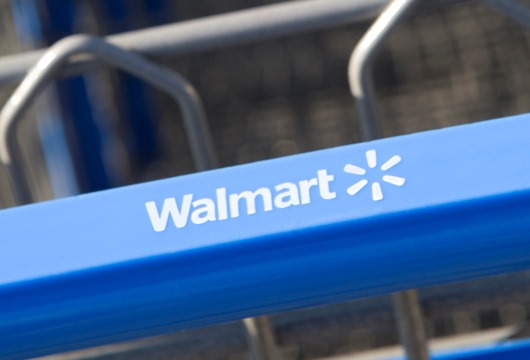Wal-Mart Stores Inc. (NYSE: WMT) recently dropped the price of Apple Inc.’s (NASDAQ: AAPL) iPhone 5c to $29, as long as customers get a two-year contract from AT&T Inc. (NYSE: T) or Verizon Communications Inc. (NYSE: VZ). As the launch of the iPhone 6 approaches and the competition for smartphone market share rises, that price may be $0 before the end of spring. Apple’s iPhone, once the clear and outright leader in the smartphone industry, has lost much of the retail leverage it had when its products were considered revolutionary.
Granted, the iPhone 5c has fewer features than its stablemate iPhone 5s. However, the market for smartphones does not only include products that bristle with capabilities, which may run from complex navigation to high-end cameras. The iPhone 5c has an advance A6 chip, 10 hours of LTE browsing time and the ability to record video in 1080p HD. That is almost certainly enough for most people who want or need a smartphone.
Apple’s price challenges have been well articulated already. Each generation of iPhone seems to have fewer upgrades in features than the one before it. Introductions of new iPhones are no longer national events, watched by millions of people as Steve Jobs walked around a stage explaining the many benefits of the new product.
As such, the iPhone has become ordinary. Samsung makes as good a product, according to many expert surveys, and more importantly sales figures. Its new Galaxy 5 is expected to give the South Korean company a surge in sales. This smartphone will make it to market before the iPhone 6, which may soak up much of the demand for new smartphones, each generation of which appears on an every-year cycle. Apple no longer controls this cycle of upgrades. It is fortunate if it can catch Samsung’s new products with iPhones that reach the market a few months later.
The $29 iPhone is on the market now. Prices have continued to drop since the smartphone was first introduced. To clear inventory, the iPhone 5c will be free soon, and Apple products will have lost more of their luster.
It’s Your Money, Your Future—Own It (sponsor)
Retirement can be daunting, but it doesn’t need to be.
Imagine having an expert in your corner to help you with your financial goals. Someone to help you determine if you’re ahead, behind, or right on track. With SmartAsset, that’s not just a dream—it’s reality. This free tool connects you with pre-screened financial advisors who work in your best interests. It’s quick, it’s easy, so take the leap today and start planning smarter!
Don’t waste another minute; get started right here and help your retirement dreams become a retirement reality.
Thank you for reading! Have some feedback for us?
Contact the 24/7 Wall St. editorial team.



